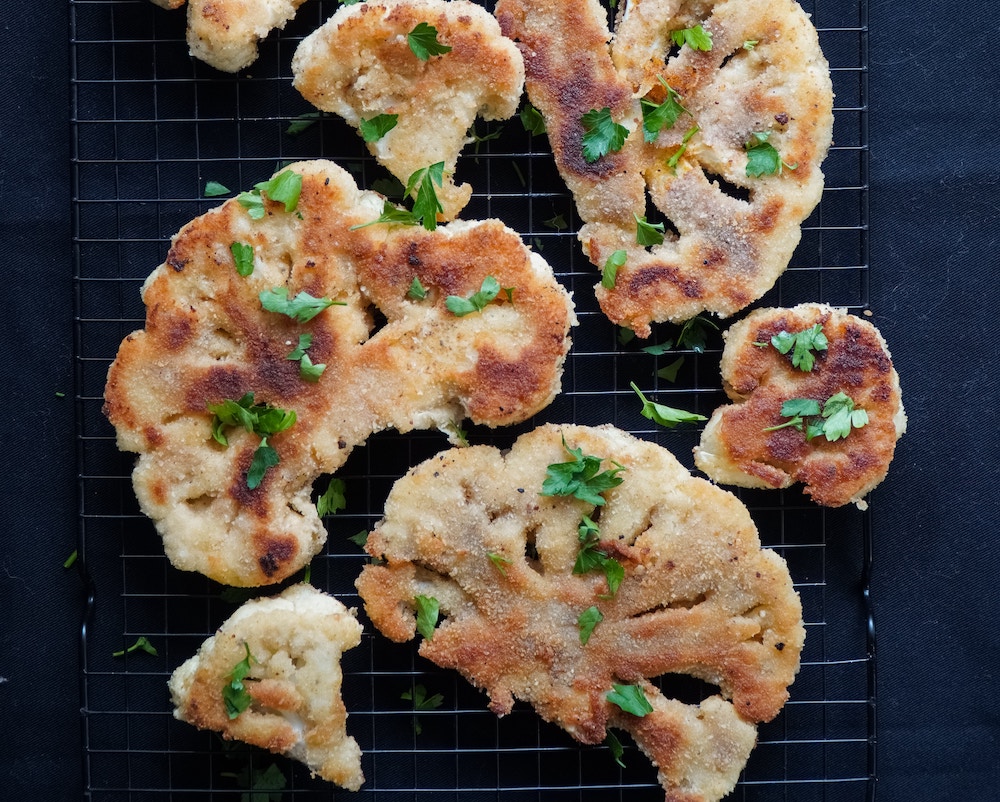Soaking nuts. For a task that’s rather simple, it sure feels like a hassle. At the very least, it requires planning—most nuts require about 12 hours of soak time before the next stage of processing. Despite the planning and time required, wellness and nutrition experts continually advocate soaking and dehydrating raw nuts or “activating nuts” in order to reap the most nutritional benefits. Activated nuts and seeds are soaked in water and salt for a period of 7-14 hours, depending on the type of nut or seed. (Salt-to-water ratios vary as well—here’s a breakdown of salt and soak-time requirements for common nuts).

Soaking prompts the germination or sprouting process. Activation increases the nutrient value of the nuts (they are preparing to sprout new life after all) and improves digestibility in a few ways:
1. Soaking reduces the starch and fiber of the nuts (without decreasing the protein and vitamin content), making the nuts easier for the digestive system to process sans bloating and digestive stress.
2. Soaking breaks down digestive enzyme inhibitors (protease inhibitors), which makes the body’s digestive enzymes’ job a bit easier.
3. Soaking reduces phytic acid content. Phytic acid (also referred to as “phytates”) binds to minerals (mainly zinc and iron), meaning that the body cannot absorb these important minerals as well.
Other benefits of soaking including a softer texture (perfect for raw, blended desserts or those with sensitive teeth) and a sweeter (or less bitter) flavor.
For the final step in activating nuts, nuts are dehydrated for several hours at a low temperature (to remain raw and thereby preserve vital fats and other nutrients). Safety considerations: Nuts must be completely dehydrated (think crispy) and stored in a cool, dark space in an airtight container to prevent the development of mold or fungi. Also, nuts should be soaked in clean water (of course!) and rinsed well before and after the soaking process.
A note on “raw” nuts: While some grocery stores may label their nuts “raw,” it’s highly likely that “raw” almonds and cashews have been gently processed (usually blanched) to make them safe for consumption.) While nuts that have been roasted cannot be activated, there is a chance that gently processed nuts may still be activated.
To Soak or Not to Soak
While the reasons for soaking nuts are aplenty, dietitian Lisa Yates suggests that phytates may be less of a problem than we make them out to be. She recommends combining vitamin C-rich foods (like citrus fruits and tomatoes) with nuts since vitamin C enhances iron absorption. Those with a well-balanced vegetarian diet, she argues, should be just fine without activated nuts.
Moreover, we can even be able to benefit from phytates since they offer antioxidant and anti-inflammatory properties. Yates adds that phytates’ iron-absorbing activities may help prevent bowel cancer since bowel cancer is associated with an excess of iron. The potential benefits of phytates don’t stop there, Yates point out: some research suggests that phytates can help reduce bone loss in older women and reduce blood glucose levels for more balanced blood sugar levels. While this may be true, the existence of phytates’ benefits doesn’t offer solutions to one of the other reasons we soak nuts: digestive enzyme inhibitors.
Given the benefits of soaking (and not soaking), the decision to soak should be based on personal preference—and any digestive trends you’ve noticed when you consume nuts. For example, if it’s common for you to experience bloating after consuming raw nuts, maybe soaking most of your nuts is a good option. If nuts don’t bother your stomach and you’re too pressed for time, maybe you’ll decide to skip the soaking process most of the time. While I prefer activated nuts (so much easier on my stomach!), I sometimes skip the process if I’m going to bake nuts (putting them in a cookie recipe, for example). If I’m making a raw dessert, raw almond butter, or raw crackers, however, I will soak nuts. Ultimately, I’d like to develop a routine of activating nuts once a week, so I always have some on hand—but I haven’t made it that far yet!
What do you think? Are you a fan of activating nuts?
Related: 5 Easy Ways to Transition to a Raw Diet
Interview: Raw Foodist Sarma Melngailis
The Raw Food Question: Panacea or Preference?
Get more like this—Subscribe to our daily inspirational newsletter for exclusive content!
Photo: Mohd Radhi Noror Gumiet via Unsplash




